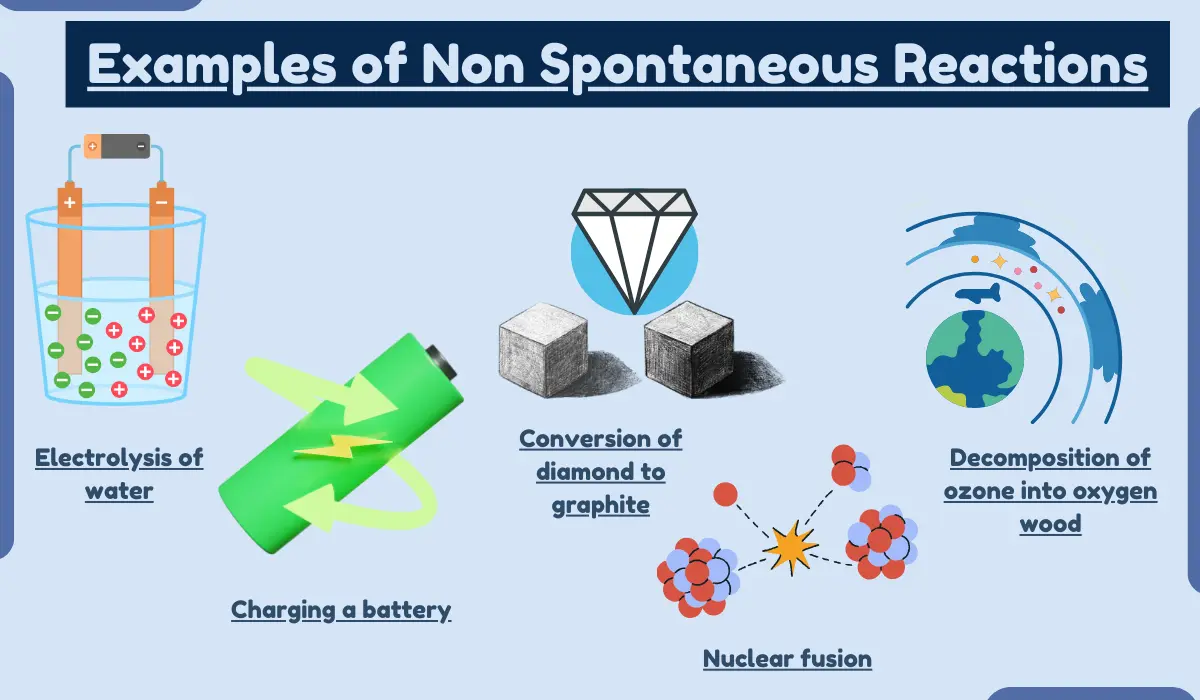10 Examples of Vapor Pressure
Vapor pressure is a crucial concept in chemistry, representing the pressure exerted by the vapor (gas phase) of a substance in equilibrium with its liquid or solid phase at a given temperature. It plays a significant role in understanding phase transitions and various natural and industrial processes.
Example of Vapor Pressure
Here are 10 examples of vapor pressure:
1. Water
Water is one of the most familiar examples of vapor pressure. At room temperature (around 25°C or 77°F), water molecules in a closed container will evaporate into the air, creating a vapor pressure that contributes to humidity levels. You can use this vapor pressure of water calculator to find the exact values at different temperatures.
2. Ethanol
Ethanol, commonly known as alcohol, exhibits vapor pressure when exposed to the air. This property is utilized in the distillation of alcoholic beverages and industrial processes.
3. Mercury
Mercury is unique because it’s a metal that is liquid at room temperature. Despite its low vapor pressure, it does release small amounts of mercury vapor, which can be toxic if inhaled.
4. Gasoline
Gasoline is a complex mixture of hydrocarbons, and its vapor pressure is crucial for engine combustion in vehicles. Gasoline vaporizes readily, enabling it to mix with air for efficient combustion in engines.
5. Dry Ice (Solid Carbon Dioxide)
Even solids can exhibit vapor pressure. Dry ice, which is solid carbon dioxide (CO2), sublimates directly into CO2 gas, creating vapor pressure. This is why dry ice “smokes.”
6. Propane
Propane is a common fuel gas used for heating, cooking, and fueling vehicles. Its vapor pressure is crucial for its safe storage and efficient use.
7. Perfumes and Fragrances
Perfumes and fragrances contain volatile compounds that evaporate at room temperature. The vapor pressure of these compounds contributes to the scent that we perceive.
8. Essential Oils
Essential oils are highly concentrated plant extracts known for their aromatic properties. Their vapor pressure allows us to enjoy their fragrances in various applications, from aromatherapy to perfumery.
9. Ammonia
Ammonia is a common industrial chemical used in refrigeration and cleaning products. Its vapor pressure is essential for its function as a refrigerant and cleaning agent.
10. Liquid Nitrogen
Liquid nitrogen, which is extremely cold, exhibits vapor pressure as it evaporates. This property is harnessed in various scientific and industrial applications, including cryopreservation and cooling systems.
Also Read About Vapor Pressure of Liquid





Leave a Reply